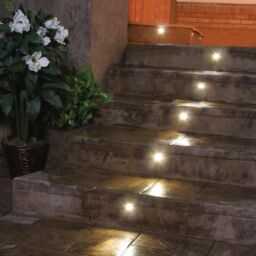What is a shopping center?
A shopping center, shopping mall, shopping precinct, shopping arcade or simply mall is defined as one or more buildings that form a complex of shops that represent merchandisers, having interconnecting walkways that enable visitors to walk easily between different units, along with a parking area. Therefore it can be simply defined as an indoor modern version of a traditional marketplace.
The term “shopping center” is mostly used in Europe, South America and Australia. In Hong Kong the frequently used term is the same, but might also contain words like “plaza”. However, in North America and the Philippines, the common term used is “shopping mall”. There are places where other terms are used to basically describe the same thing, such as “shopping arcade” or “shopping precinct”.
How did the shopping center appear?
Shopping centers corresponded with the suburban living rise in many of the Western World parts after World War II, especially United States. Modern strip malls have developed from the 1920s. The design had a tendency to be inward facing from early on, where malls would follow theories of how could customers be attracted in a controlled environment. Similarly, the concept of having one or more big stores in a mall was pioneered early, considering that other smaller scale chain stores or individual stores would benefit from the shoppers that were attracted by the big stores.
Shopping center types
There are some different types of centers, based on how large they are and where they are placed.
1. Regional – a regional mall is a shopping mall designed to service a large area (15 miles), larger than a conventional mall. Therefore, it can vary between 400,000 square feet to 800,000 square feet. It also has at least two big stores, and has to offer a wide selection of stores. The tendency of those malls s to have higher-end stores, which need a larger area to have profitable services, and may also have discount department stores. In vacation areas, these malls are usually tourist attractions.
2. Super regional – this is a shopping mall with more than 800,000 square feet of gross leasable area, probably 3 or more big stores, more variety, mass merchant, and fashion apparel. This type of mall usually is the dominant shopping venue in the region where it is located.
3. Outlet – this is a type of shopping center where manufacturers can sell their products through their own stores directly to the public. Some stores may be operated by retailers, mostly selling discontinued products or returned goods, and therefore having a heavily reduced price.
Components of a shopping center
1. Food court – typically consists of several fast food vendors that surround a shared seating area.
2. Department stores – these exist to draw retail traffic, resulting in people visiting the smaller stores as well. Physically, those anchor stores are located as far as possible from each other, in order to maximize the traffic amount between them.
3. Stand-alone stores – consist of satellite buildings, usually located on the same tract of land or nearby. Those stores may or may not be in a legal connection with the central facility through ownerships or contracts. They may use common parking lots or have their own ones. However, those stores and the shopping center are usually perceived as one single unit.
Regardless of how they are, today we could hardly imagine our world without shopping centers.
AUTOPOST by BEDEWY VISIT GAHZLY


